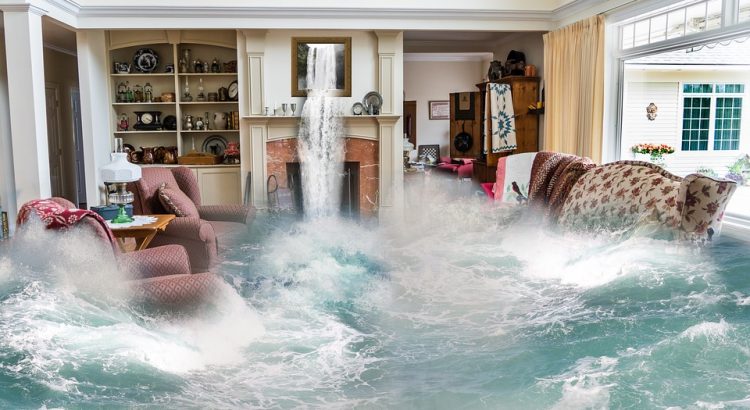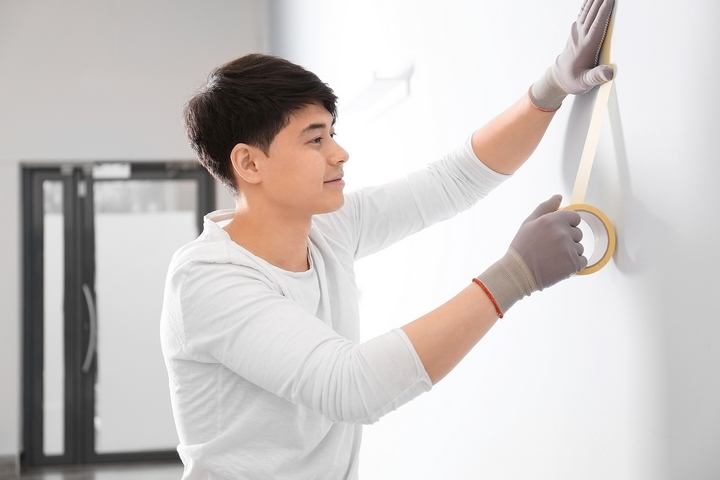A broken pipe or a flash flood can cause untold damage to your home. Water damage is ranked as one of the most overwhelming disasters for homeowners. It’s often impossible to salvage your valuables after water damage. Moreover, cleaning up the mess left behind by the water can be a back-breaking affair that takes a couple of days depending on the extent of the damage. Here are some tips for home water damage restoration.
1. Electrical Safety Comes First
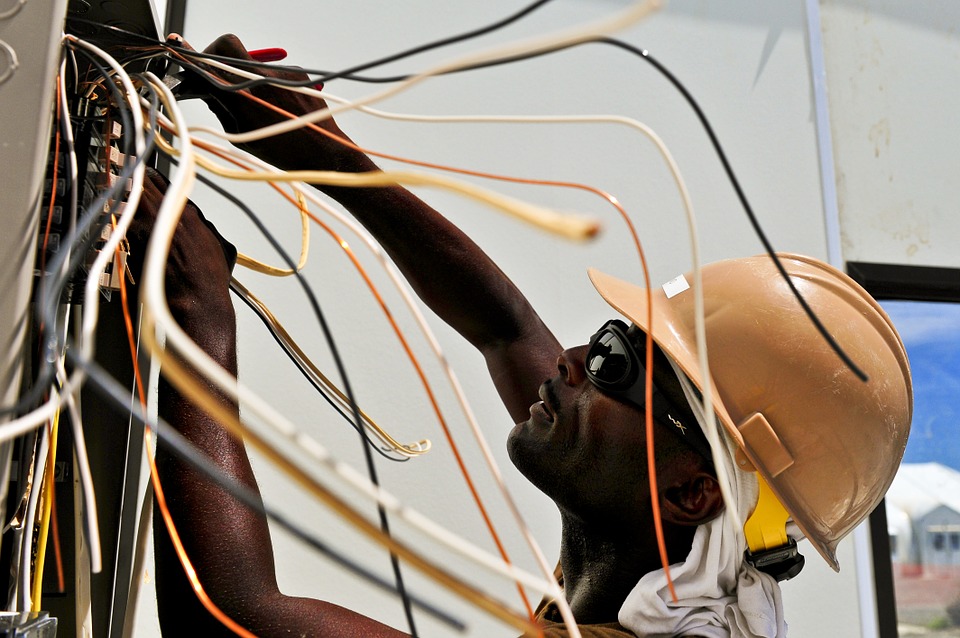
When dealing with water damage near wiring or outlets, electrical safety should come first. Your first course of action should be determined by the severity of the water damage. A minor leak affecting only a section of the house may necessitate shutting off the circuit breakers powering the area of concern. If the problem is across multiple rooms or the whole house, then you might want to switch off power for the whole house from the mains. If the house is completely flooded and you can’t access the electrical panel, the best course of action would be to invite your utility company to completely remove your electrical meter before attempting to wade through the water.
2. Stop the Flow
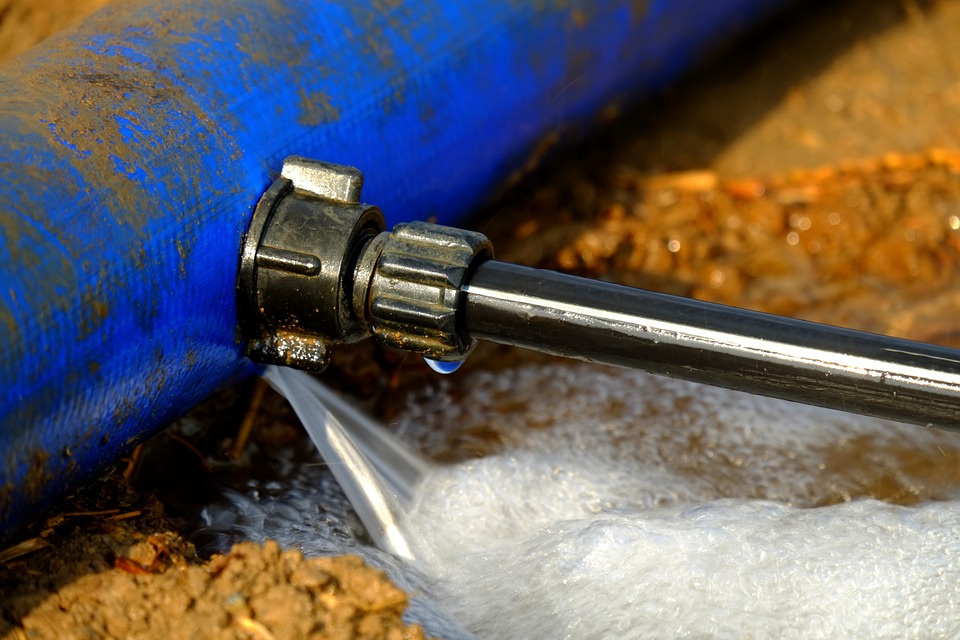
Find out where the water is coming from and try to stop it. If the after is coming from your plumbing, you need to locate the main water shut-off valve and turn it off. Most homes have the valve in the basement. If you’re not sure where yours is, check the outside of your home to find where the water meter is located. The main water supply should lead from there. In some cases, the main water valve is located outside beneath the water meter grate.
3. Report the Damage

Call your homeowner’s insurance company to report the water damage. Normally, your insurer should cover damage from a burst pipe. However, they are unlikely to cover a natural flood. But you can get flood insurance separately. It’s best to clarify what your insurance covers before disaster sets in. You don’t want to be caught flat-footed. Insurance is usually your best bet when it comes to home water damage restoration.
4. Call in The Experts
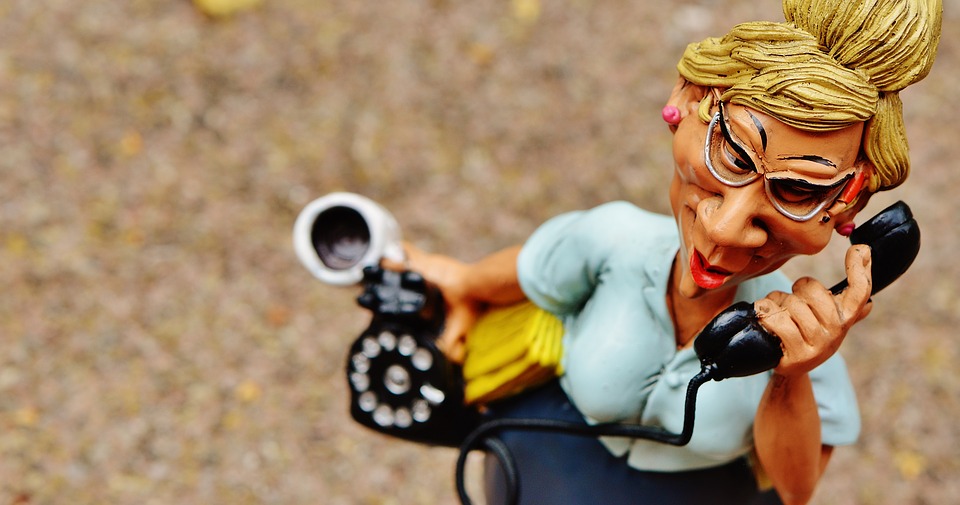
Dealing with water damage is no walk in the park. You might want to call in a plumber from Express Rooter or a water remediation company to help. A plumber will help sort out a leak in your plumbing while a remediation company will come in handy if you’re facing a widespread flood. The mold risk associated with this kind of even is not worth taking a chance on. Have an expert come in to help on the same day.
5. Dry Out
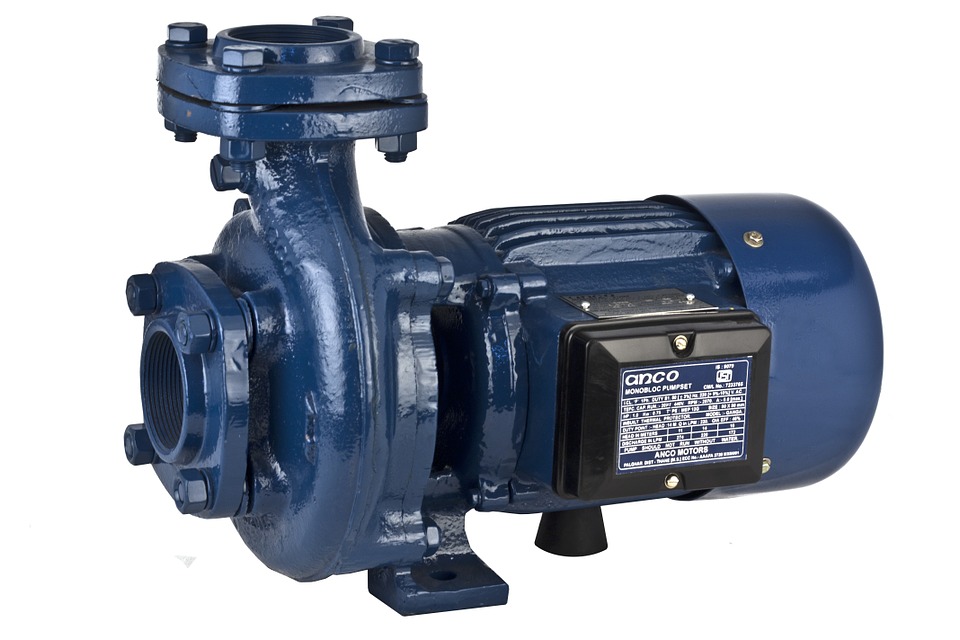
It’s now time to start drying out your stuff. Use an electric pump to remove all standing water. Identify all the water damaged items and take them out of your home. Separate the salvageable items from the unsalvageable. Expect to lose most carpets, carpet padding, foods, paper products, and electronics. It might be possible to save some upholstery and rugs but they’ll need urgent attention from the remedial experts.
Make sure to keep all windows open and get some fans to blow the damp air outside. You will have to replace all damaged drywall. This is a guide to home water damage restoration during the first 24 hours.

